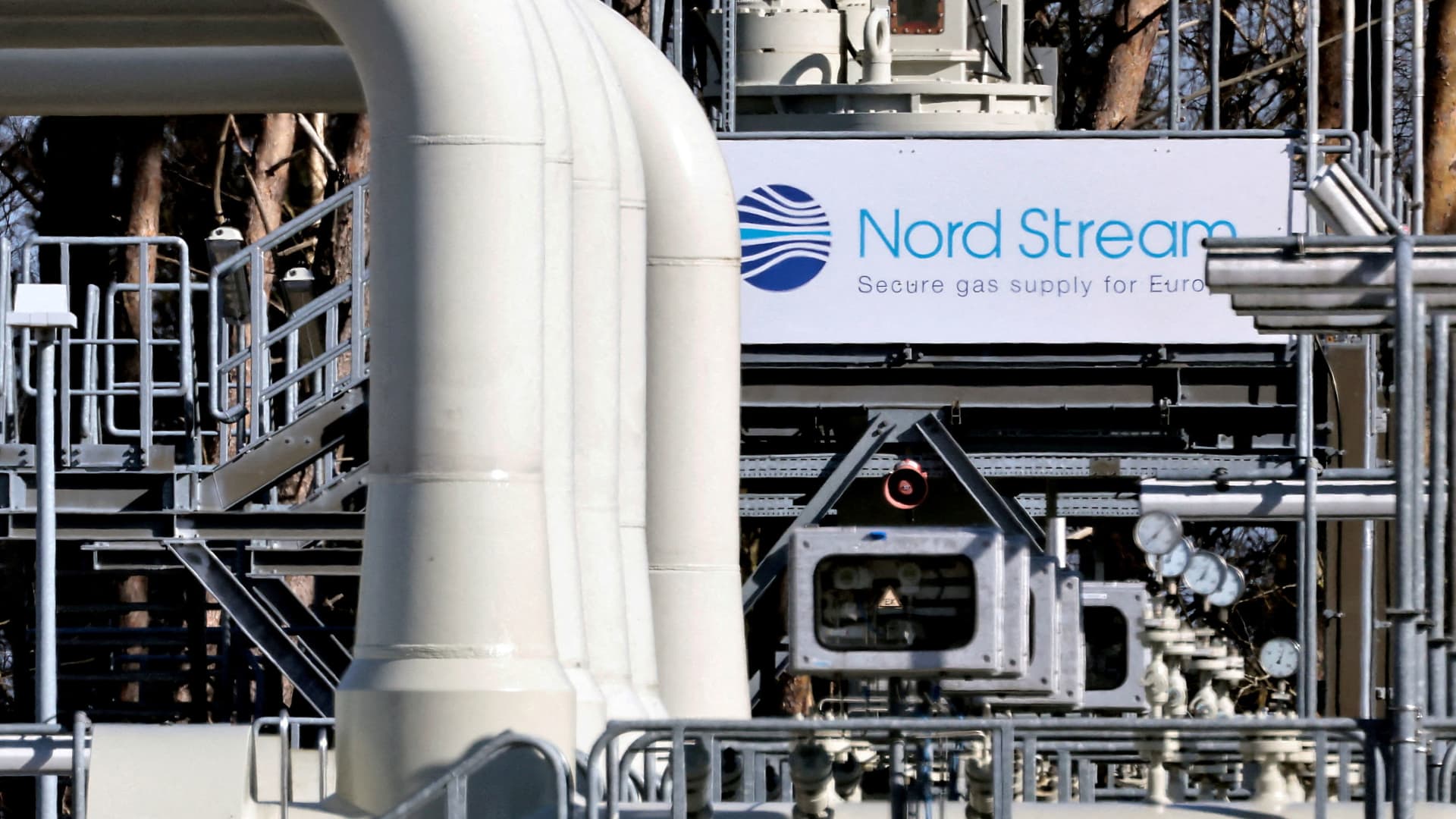Energy
Wednesday, August 16th, 2023 3:06 pm EDT

Hawaii’s biggest power utility faces growing scrutiny for the role it might have played in the deadliest wildfire in modern American history, including detailed allegations in a lawsuit filed Wednesday that it was negligent and knowingly failed to take proper action to prevent catastrophe.
The new lawsuit, first obtained by NBC News, alleges that Hawaiian Electric helped set the stage for the monstrous wildfires last week. The plaintiffs allege years of inaction and negligence by the utility company, and argue that the firm should have had plans in place to shut down power systems before fierce winds blew across Hawaii.
“Hawaiian Electric is not just responsible and they weren’t just negligent,” said Mikal Watts, a lead attorney on the case. “They were grossly negligent by making conscious decisions to delay grid modernization projects that would have prevented this very tragedy.”
Three other lawsuits filed in the aftermath of the fire that were reviewed by NBC News make similar claims against the company, which provides electricity to 95% of the state.
Hawaiian Electric Company declined to comment on the pending lawsuits, saying that would violate an internal policy. Darren Pai, a spokesperson for the company, said Hawaiian Electric was aware of the allegations but remained focused on restoring power to Maui. He emphasized that “the cause of the fire has not been determined and we will work with the state and county as they conduct their review.”
Officials are still investigating the causes of the massive blazes that ravaged historic seaside communities and killed at least 101 people. Hawaii residents and people across the continental U.S. are desperate for answers, devastated by the environmental destruction and loss of life.
Watts, who said his team has been approached by hundreds of potential plaintiffs, said his lawsuit is aimed at preventing the islands from ever experiencing fires like this again. He said similar litigation in California has led to safety improvements and processes that have limited recent wildfire fallout, and that Hawaiian Electric was aware of those efforts.
The lawsuit details multiple instances and documents in which Hawaiian Electric and public utility officials acknowledge the dangers of wildfires, and the potential for downed power lines and grid infrastructure to start them in areas where vegetation growth was not mitigated. The risks were outlined in Hawaiian Electric news releases, documents it filed to the state, and in its own expenditure plans, and the lawsuit alleges that the firm’s downed lines and grid equipment were the root cause.
“Their own papers say they knew how to prevent it, and their own papers showed their conscious and deliberate decision to delay the implementation of safety measures that would have prevented this tragedy — the most deadly wildfire in American history,” Watts said.
In one instance, a 2022 funding request for $189.7 million from the Hawaii Public Utilities Commission to harden its power grid statewide, Hawaiian Electric said that the risk of its utility system “causing a wildfire ignition is significant.” The company said it needed the funding to ensure its facilities were not “the origin or a contributing source of ignition for a wildfire.”
Despite the request being approved, Hawaiian Electric did not act, the lawsuit alleges.
“This wildfire was not only predictable, it was predicted,” Watts added, “both by (Hawaiian Electric) and anyone else that bothered to look into the issue.”
Some survivors and attorneys across multiple lawsuits contend the company should have deployed a “public power shutoff plan,” which would require the utility to intentionally turn off electric power in areas where wind could cause a fire. In an era when wildfires have grown more prevalent and deadly, similar plans have been adopted to mitigate destruction in states such as California.
Pai said that the electric company did not have a formal power shutoff plan and that any “short-notice power shutoffs have to be coordinated with first responders” because electricity was needed in Lahaina to power the pumps used for firefighting. He said electricity shutoffs can also pose risks to people with medical needs.
“It’s worth noting that even in places where this has been used, it is controversial and it’s not universally accepted,” Hawaiian Electric President and CEO Shelee Kimura said at a news conference on Monday, referring to a formal power shutoff. “It can be seen as being a hardship for those customers that have medical needs.”
In explaining potential upgrades to its systems, Hawaiian Electric’s funding request last year specifies that California’s power shutoff plan is among electric industry strategies “used to mitigate wildfire risks until more robust preventive measures have been implemented in an area.”
The suit filed Wednesday contends that a downed Hawaiian Electric power line ignited an August 2018 blaze that scorched 2,000 acres and devoured more than 20 homes — at the time “the largest fire in Maui’s history.” But the utility company didn’t include upgrades to power poles and other fire prevention measures as part of its modernization strategy the year after that fire, the suit states.
Read more from NBC News
The company announced in a 2019 press release that it would use drones to help assess fire hazards in drought-prone areas in West Maui and planned various equipment upgrades to prevent wildfires. Last year, the company also announced it intended to undertake a five-year plan to strengthen and bolster power poles and lines to better withstand extreme weather events with $190 million of the funding it requested.
“While there is a cost to preparing for more adverse effects of climate change, the cost of inaction is much higher,” Colton Ching, the company’s senior vice president of planning and technology, was quoted as saying in the July 2022 press release.
But the fire victims’ lawsuits filed and reviewed by NBC News say Hawaiian Electric has failed to undertake the planned improvements.
“Unfortunately, for the residents of Lahaina, these proposed grid hardening expenditures were deferred,” according to the lawsuit filed Wednesday. The suit states the company hadn’t spent any funding on power pole upgrades or wildfire prevention in 2021, 2022 or 2023, nor had spent anything on hazard tree removals in 2021 or 2022.
Two other lawsuits allege that records dating back years — including academic and government studies documenting growing wildfire threats, and reports about ill-maintained and outdated power poles and transmission lines — have largely been ignored by Hawaii’s utility companies, setting the stage for the catastrophic fire.
The lawsuits also alleged the companies knew or should have known about official “red flag” warnings of high winds and drought-like conditions from the National Weather Service, as well as government alerts about extreme fire dangers, in the days ahead of the catastrophic blaze.
“A lot of it has been out there for years,” said Terrance Revere, a Hawaii-based trial lawyer representing multiple Lahaina residents and business-owners in one of two class action lawsuits filed to date. “But when you have photographs and video showing it happening in real time, it’s not going to take Sherlock Holmes to figure out what happened here.”
Revere and other lawyers cited videos and photographs that were shared across social media on Aug. 8, shortly after fire officials received the first report of a brush fire at 6:37 a.m. in the area of Lahainaluna Road, east of historic Lahaina Town. The pictures and videos include one resident’s cellphone footage that was livestreamed on Facebook, starting about three minutes after the first official report of the fire. It appears to show firefighters battling a wind-whipped blaze burning across a field of sun-browned grass as snapped power line dangles from above.
“There’s plenty of evidence from video and eyewitnesses that the power lines went down and caused the fire,” said Paul Starita, a lawyer whose firm separately represents individual claims of several Lahaina residents and business owners who suffered life-altering losses in the flames.
In that lawsuit filed Monday, Starita’s law firm alleges that after a similarly disastrous fire in 2018 — when a downed Pacific Gas & Energy power line sparked the Camp Fire in Northern California and killed 85 people — Hawaiian Electric assessed the resulting fire mitigation reforms in that state and “pointed to California’s Public Power Shutoff Plan as a successful way to prevent wildfires when additional robust techniques are not yet in place.”
The fire’s lethal destruction exposes Hawaiian Electric “to risks associated with potential financial liabilities related to the cause and source of ignition of the fires, as well as with regard to its actions before and during the fires,” Moody’s Investors Service, a major credit reporting agency in the U.S., warned in a report published Tuesday.
That effect has already been felt as Hawaiian Electric’s stock price has dropped precipitously since Monday, from a high of $33.04 to $14.79 at the end of the day Tuesday.
The lawsuit filed Wednesday contends that since 2017, as Maui’s fire risks increased, Hawaiian Electric nonetheless paid out tens of millions in increased payments to shareholders every year.
“This is the result of conscious indifference by a corporation to hold on to its money as opposed to protecting its customers and the general public,” Watts alleged.
This post has been syndicated from a third-party source. View the original article here.




